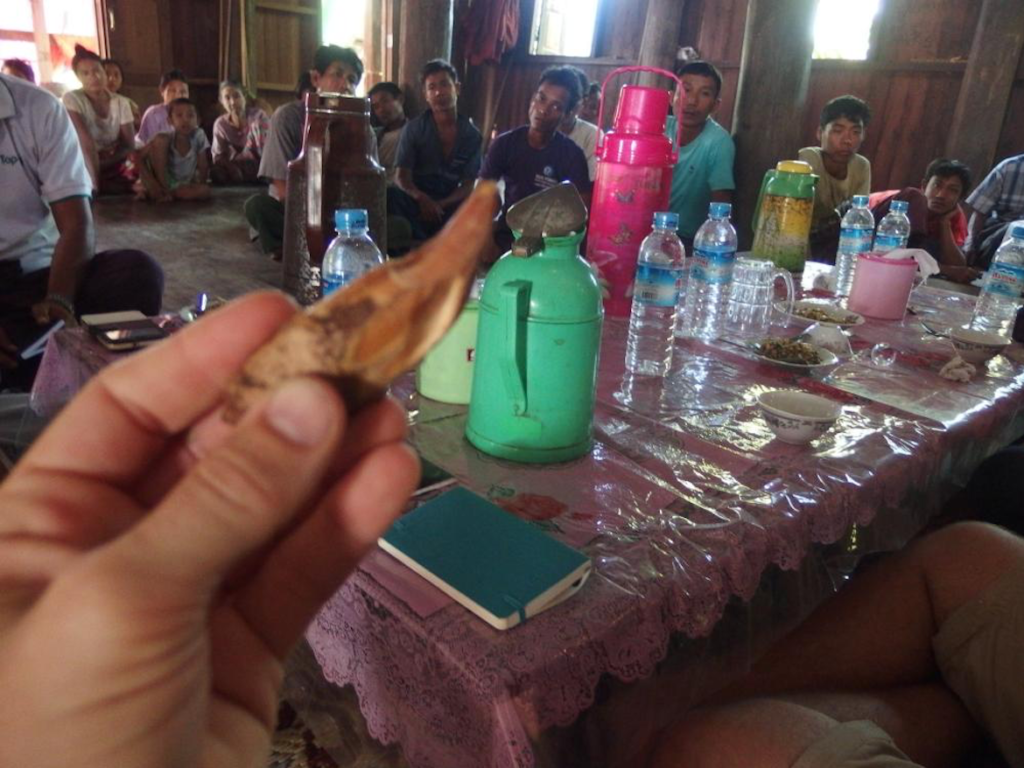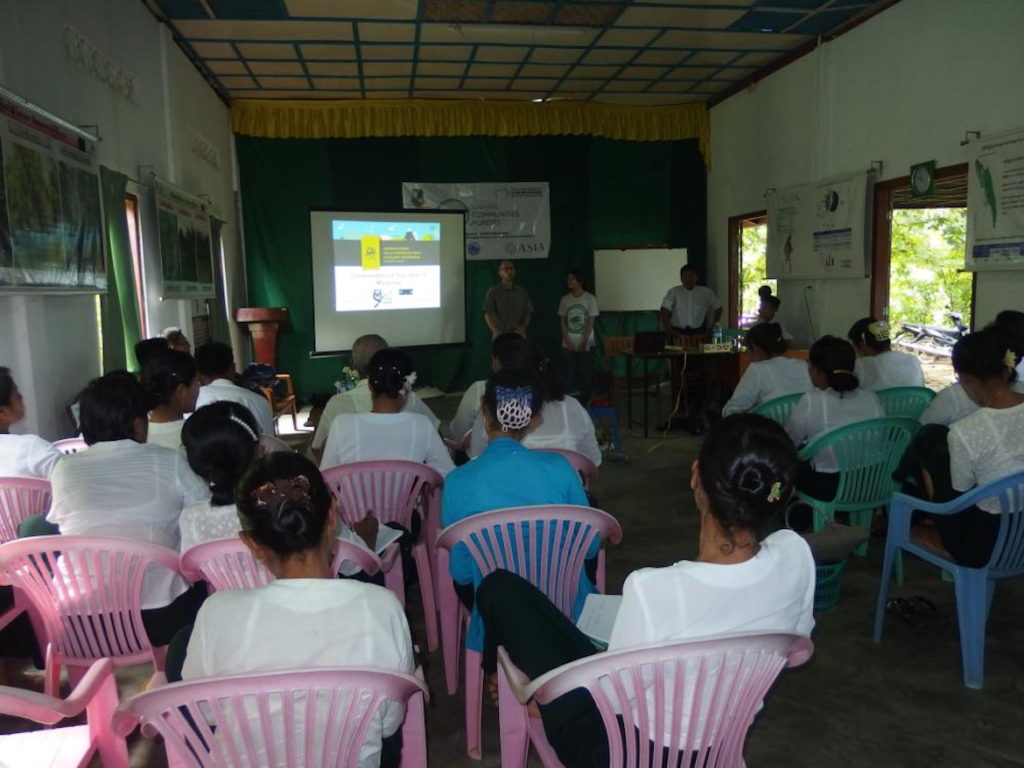These are the words that appear most frequently on the notes that I got back at the start of the course for teachers that I am holding, in collaboration with the Rakhine Coastal Region Conservation Association, as part of the project for the conservation of the Malayan bear in Myanmar. In 2016, the Istituto Oikos (https://www.istituto-oikos.org/) launched a four-year initiative, funded by the Segre Foundation, to try to establish the status of the smallest living ursid in two peripheral states of this turbulent Asian country and carry out concrete actions for its conservation. As the initial activity of the course, together with the local contact, we agreed to ask those present to write on a piece of paper the first thing that came to mind when thinking about Wee Nee Doe: its scientific name being Helarctos malayanus, which lives in the forests of Rakhine.

In the stories of local populations, the aggression of the Sun Bear – it’s English name – is proverbial. According to many, the plantigrade even attacks for no reason and is the most ferocious animal in Myanmar. Already during visits to remote villages along the banks of the rivers that descend from the Yoma mountains, I had heard all kinds of stories. “A man from the neighbouring village was attacked. He was walking at dusk with pots in his hand, when the bear jumped on him from a tree. Now he has no face.” Another recurring story is that of people intent on collecting wood in the forest. In all the stories the bear appears out of nowhere, like a devil, chasing the victim and injuring them.
Having little knowledge of the ethology of the Sun Bear, but good experience in terms of large Alpine carnivores, the idea of an animal, despite not including humans amongst its prey, attacking me, without being forced to immediately seemed strange. Which is why, during the talks with the rural populations of this forgotten corner of the world between Myanmar and Bangladesh, I always tried to obtain first-hand sources.
“Two members of the village were attacked a few months ago: that’s why we organized a hunting trip”, recounts the head of the small village of Pone Low reveals, placing a canine the size of my thumb on the table. “We killed it. We were afraid” he finishes.

Without any reluctance a few minutes later, at my explicit request, the whole village is gathered for us in the hall of the monastery and where the two protagonists of the alleged aggression appear. The man, in his thirties, wears the longy, the typical dark-coloured skirt that men often wear knotted at the belly, the woman with her face coloured by thanakha, the brown cream that Burmese rub into their skins, especially the cheeks and forehead to refresh and purify it, to protect themselves from the sun and, according to some, to keep spirits away. I ask them to retrace what happened for us, an event still fresh in their memory: “We were in the forest, about half an hour from the village, looking for mushrooms, when suddenly we came across a Wee Nee Doe. Our fear was immense. We ran at breakneck speed while he chased us.” A long, dense silence filled the room, so I ask: “And then?”. “And then nothing: at some point we must have managed to outrun it because when we got to the village, exhausted from the race, the bear was gone.” So the “aggression” did not involve any contact with the bear! – I explained, more incredulous than them.
My fact checking strengthens my convictions Three individuals belonging to two species that fight each other, with unequal weapons, met in the woods, in the wilderness. All of them ran off to avoid a direct confrontation.
At the end of the teacher training course, I ask if anyone has met the Wee Nee Doe. A boy, of the Chin ethnic group, a former hunter who works with the camera trap monitoring project, raises his hand. He tells of having met the Sun Bear many times, of recognizing its scratches on the bark, of having seen its lairs, similar to huge nests, 30 meter up. I ask him if he is afraid of the bear when he meets him in the forest. “No, certainly not. Wee Nee Doe runs away during an encounter.” I smile. The history of the relationship between humans and the Sun Bear is ready to be rewritten.
And there is no time to be lost. With a growing human population, and the progress that is slowly advancing, a more correct knowledge of the bear must be promoted before all the Sun Bears of Rakhine are exterminated.

